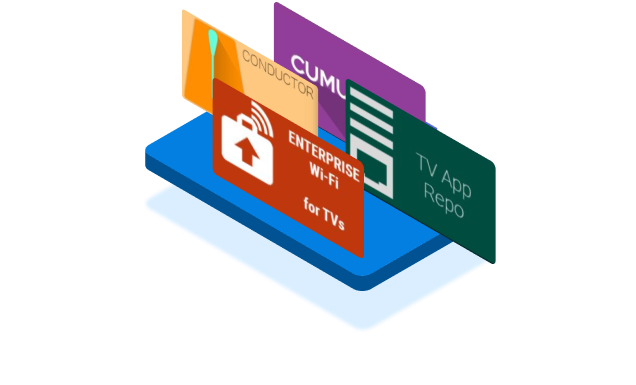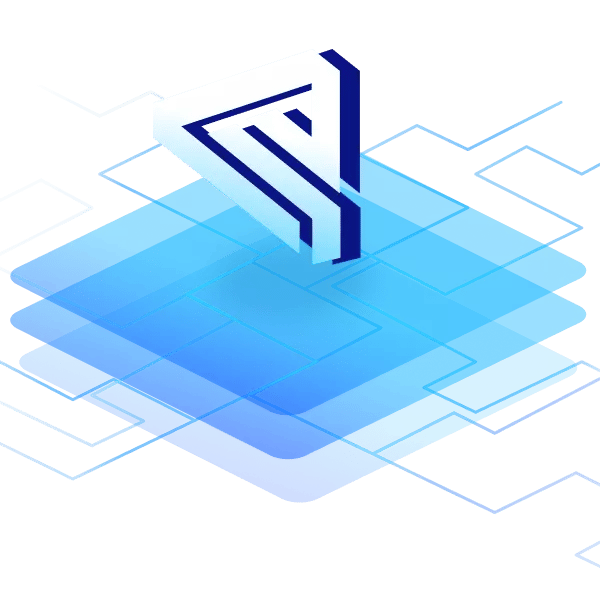Software development has evolved tremendously over the past decade. Millions of developers around the world are working to add something new or better to the products they've already created. Every software evolves in the form of versions.
Product evolution is all about adapting to the environment and improving the product according to technical changes, innovations, or customer needs. Today, in the cooperative development of any software, repositories play an important and undeniable role.
The difference between repositories and App repositories
Repositories
The basic definition of a repository is that it is a management directory for storing, structuring, and describing different versions of digital objects.
Software repositories serve the general purpose of promoting collaborative use by providing remote access to code modules and software packages and allowing version management. They play an essential role in managing Open Source Projects and commercial software development.
When used for the development of end-user applications, repositories are not publicly available. In this case, they are referred to as private repositories. The role of a repository at the developmental level is crucial in nearly every development process.
One major difference between private and public repositories is forking. As public repositories are open to use and can be modified by anyone, forking is a way to keep the history of the version and data intact at any given instance. This is not needed in private development projects.
App repositories
Switching the perspective from developers to users, repositories are also used to provide different applications and versions of those applications to the end-user. As mentioned above, repositories are basically catalogs of digital objects. In the case of app repositories, they are catalogs of installable applications for development platforms such as Android. Examples of widely used app repositories are the Google Play Store, Apple’s App Store, or the free and open-source Android app repository F-Droid.
Similar to private repositories, there are private versions of app repositories. Companies want to provide apps for their developed solutions running on the Android platform, but they are not interested in making them publicly available. There are several reasons for this: it can be ensured who gets access to the apps, data protection can be guaranteed, users can only install secure apps and access to third-party platforms can be restricted. To ensure these points, a private app repository can help.
What is a repository?
User perspective
To understand how repositories are used, we must first understand the different perspectives on repositories. The repository structure helps the end-user navigate between different applications and versions of those applications available.
End users do not need to understand the architecture behind the repository. They simply use the repository to search for applications and up-to-date versions which are compatible with the device. For example, the current Candy Crush app for your phone. But repositories are also used to provide all versions of operating systems such as Android. Occasionally, a repository stops supporting or updating a particular device or operating system version. When this happens, apps for those configurations become obsolete because they no longer receive updates. End-users must update their device to the latest OS version to ensure that apps and resources are running smoothly.
Developer perspective
As stated before, repositories are a great way to collaborate on software development projects such as operating systems and new apps. Developers can share resources across the enterprise. Debugging and collaborative work is one of the main features that come with repositories of any kind.Developers gain control over the enrollment, allocation, distribution of resources, as well as version control for applications. This helps accelerate development for all apps that are or will be developed.
How are private app repositories used?
Sharing
Software that is in the testing phase or already developed priority apps can be worked on and rolled out through the private app repository. Private app repositories are helpful when it comes to the collaborative app development process and distribution of those applications.
They give any organization the flexibility to keep project progress at the desired level. Developers build amazing products and share them with their users without compromising security since only dedicated users have access. Different versions of the software applications developed in this way can be aggregated, allowing development teams to work together.
Business environment
All developers and stakeholders working on software have direct access to repositories shared by administrators. Development, testing, and registration are a breeze.
Debugging applications and updating versions is done within the enterprise. Combining the great advantages of private app repositories with Over-The-Air update capabilities enables companies to provide robust and secure updates of applications and roll them out in a fast and automated manner no matter where your devices are.
Security
Private app repositories make the applications and priority code available for authorized personnel only. The security is high on the internal network or through permission-based access to the various files and resources.
Security risks are reduced as the distribution of applications is happening within a defined user base. External parties do not have access to private app repositories. This is highly beneficial for businesses that are developing proprietary software and applications for premium users or their employees.
Pre-launch
Private repositories are a great way to work on any application before its launch. Developers and testers can get invite-only access to the code of the application and work on it. The choice of users for testing before launch can be decided by the project manager and the development team.
Also, UX designers can be given access to the private repositories to see if their vision is being realized or not. This can save a lot of time after launching and improving the app.
What are repositories in the context of Android?
First, you need to understand what is platform development. Platform development refers to the development of the fundamental software that makes hardware work and that provides a platform for application development.
Open source
Android is a popular open-source app development platform (AOSP - Android Open Source Project) that allows anyone to develop and distribute apps. At the start, the Android OS was designed for smartphones for the consumer market. Now, tablets, TVs, embedded computers, and industrial applications are being manufactured that are based on Android OS.
Android repository
There are several Git repositories for the different projects within the Android Open Source Project (AOSP). In those repositories, the Android open source community collaboratively works together to maintain and further develop the Android platform. These repositories are public.
App architecture
Remember, repositories are basically management directories. In this original sense of the understanding of repositories the storage, structuring and description of digital objects, Android app architecture is also using repositories to provide data and resources necessary to run apps.
The app architecture consists mainly of the UI layer and the data layer. While the UI layer contains UI-related state and UI logic, the data layer contains application data and business logic. The business logic is made of rules that determine how your app creates, stores, and changes data. It is made of repositories that each can contain zero to many data sources. These repositories work by exchange of data and resources required to run any application.
App development
We already explained why Android app repositories are needed for users. From a developer's perspective, they contain the previous and latest version of the application with all the data resources required by the apps' architecture.
These repositories can be public or private, depending on the need. Apps are hosted via the repositories for version rollouts and distribution amongst the users.
When working with emteria, developers and fleet managers get access to a private app repository hosted by emteria. Applications within this repository can be made available to a defined group of devices using the open-source marketplace F-Droid. These applications are only visible to devices that get access to the private repository. In this way, new app updates can be rolled out easily to devices.
Summary
Private app repositories help developers to host and work on the applications they are developing. In the business, environment repositories save time and resources for collaborations in development. Private repositories are beneficial, especially in developing the latest applications for commercial use. Private app repositories can be used to make Android apps and their updates available to the devices of users. This is especially useful in the context of embedded and professional devices.
Build unique products, boost device performance
See why emteria is the chosen Android™ customization & management platform for OEM solution builders — and what it can do for your team and customers.







